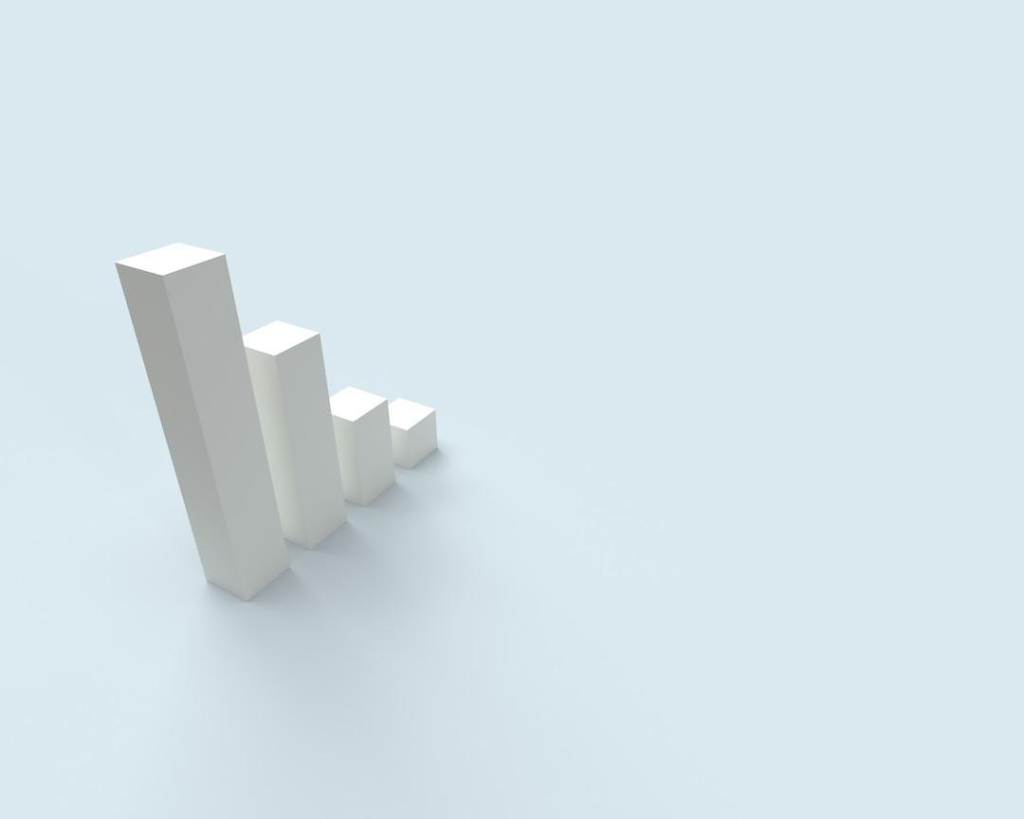In today’s data-centric era, the ability to represent information graphically is gaining more and more importance. Especially in the business and academic fields, visual representation of data is crucial when it comes to decision-making or explaining complex structures. This is where the use of bar charts comes into play. Bar charts have proven to be an effective and easy-to-understand method of illustrating data. This article aims to provide a comprehensive guide on how to make a bar chart, along with discussing their usage, importance, and some common mistakes to avoid when creating them.
Understanding Bar Charts

A bar chart presents categorical data with rectangular bars with lengths proportional to the values they represent. This type of chart is popular across various industries because of its simplicity and effectiveness in conveying data. Whether you’re working in marketing, finance, or academia, understanding how to make a bar chart is a crucial skill for organizing and interpreting data.
It’s important to remember that bar charts are used when comparing the quantity, frequency, or other measurable attributes of different categories. This makes it an excellent tool to compare data that doesn’t have a logical order. Moreover, even if you’re dealing with complex data, a good bar chart can make it simple and easy to understand.
One of the greatest advantages of bar charts over other graph types is the ability to represent multiple categories of data in a straightforward, easy-to-read way. By using different colors or patterns for different categories, it’s easy to differentiate between data sets, making them easier to comprehend.
Effective Use of Labels and Axes
Proper labeling and accurate representation of the axes are essential to the effectiveness of a bar chart. The labels should clearly denote what each bar represents, while the axes serve to show the range of values represent. The horizontal axis usually represents the categories being compared, and the vertical axis represents a discrete value.
Labels should not only be clearly readable but also concise. Overly long text can make the chart appear cluttered and detract from its readability. In situations where the category names are long, consider using abbreviations or keys that explain in a legend elsewhere on the chart.
The choice of scale for the axes should also be made judiciously. Ensure the scale suits your data set and doesn’t distort the representation. For example, using a scale that’s too wide might make differences among the bars harder to see. Conversely, a scale that’s too narrow might exaggerate those differences. It’s about finding the balance that most accurately represents your data.
Color and Design Choices

While the information being presented is the most crucial element of a bar chart, the design should not be overlooked. The right color usage and design can make your bar chart more aesthetically pleasing and easier to understand. Try to use a color scheme that’s visually attractive while still properly highlighting the information.
Color use to distinguish between different categories or to signify different sections of the same bar in a stacked bar chart. However, it’s crucial to strike a balance between making the chart colorful and keeping it visually clean. Using too many colors might make the chart look confusing and cluttered.
Your overall design also plays a role in how the information is perceived. Always prioritize simplicity and clarity over over-designed complexity. The design should serve the data, not distract from it. Remember, the ultimate goal is to make the data as understandable as possible. not necessarily to make the chart visually impressive.
Altogether, understanding how to make a bar chart forms a crucial part of any data-related work. From choosing the right type of chart, understanding the effective use of labels and axes. and making solid design choices, every step plays a role in creating an effective bar chart. Regardless of your profession, mastering the art of making a bar chart will undoubtedly come in handy.
